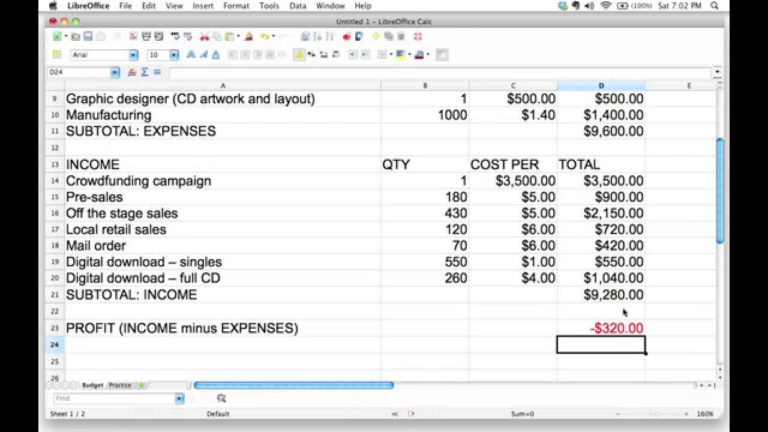
The retailer returned the merchandise to its inventory at a cost of $130.
#Cogs debit or credit full
The customer returned $500 worth of slightly damaged merchandise to the retailer and received a full refund. Sold $2,450 of merchandise on credit (cost of $1,000), with terms 2 ÷ 10, n ÷ 30, and invoice dated January 5. Table 2.3 Sales Transactions in January By: Rice University OpenStax CC BY-NC-SA 4.0 Date The customer does not receive a discount in this case but does pay in full and on time. The customer paid on their account outside of the discount window but within the total allotted timeframe for payment. Figure 2.56 By: Rice University Source: Openstax CC BY NC-SA 4.0Ĭash increases (debit) and Accounts Receivable decreases (credit) by $16,800. Let’s take the same example sale with the same credit terms, but now assume the customer paid their account on August 25. Sales Discounts will reduce Sales at the end of the period to produce net sales. Sales Discounts increases (debit) for the amount of the discount ($16,800 × 2%), and Accounts Receivable decreases (credit) for the original amount owed, before discount. Cash increases (debit) for the amount paid to CBS, less the discount. Since the customer paid on August 10, they made the 10-day window and received a discount of 2%. Figure 2.55 By: Rice University Source: Openstax CC BY NC-SA 4.0 On August 10, the customer pays their account in full. In the second entry, COGS increases (debit) and Merchandise Inventory–Tablet Computers decreases (credit) in the amount of $3,360 (56 × $60). These credit terms include a discount opportunity (2 ÷ 10), meaning the customer has 10 days from the invoice date to pay on their account to receive a 2% discount on their purchase. These credit terms are a little different than the earlier example. In the first entry, both Accounts Receivable (debit) and Sales (credit) increase by $16,800 ($300 × 56). Figure 2.54 By: Rice University Source: Openstax CC BY NC-SA 4.0 The payment terms are 2 ÷ 10, n ÷ 30, and the invoice is dated August 1. On August 1, a customer purchases 56 tablet computers on credit. Sales Discount Transaction Journal Entries No discount was offered with this transaction thus the full payment of $15,000 occurs.

The credit terms were n ÷ 15, which is net due in 15 days. Figure 2.53 By: Rice University Source: Openstax CC BY NC-SA 4.0Īccounts Receivable decreases (credit) and Cash increases (debit) for the full amount owed. On July 17, the customer makes full payment on the amount due from the July 7 sale. In the second entry, Merchandise Inventory-Desktop Computers decreases (credit), and COGS increases (debit) for the cost of the computers, $8,000 ($400 × 20). Since the computers were purchased on credit by the customer, Accounts Receivable increases (debit) and Sales increases (credit) for the selling price of the computers, $15,000 ($750 × 20). Figure 2.52 By: Rice University Source: Openstax CC BY NC-SA 4.0 The credit terms are n ÷ 15 with an invoice date of July 7. On July 7, CBS sells 20 desktop computers to a customer on credit. COGS increases (debit) and Merchandise Inventory-Packages decreases (credit) for the cost of the packages, $6,200 ($620 × 10). In the second entry, the cost of the sale is recognized.

In the first entry, Cash increases (debit) and Sales increases (credit) for the selling price of the packages, $12,000 ($1,200 × 10). Figure 2.51 By: Rice University Source: Openstax CC BY NC-SA 4.0


On July 1, CBS sells 10 electronic hardware packages to a customer at a sales price of $1,200 each. Figure 2.50 CBSs Product Line By: Rice University Source: Openstax CC BY NC-SA 4.0 Cash and Credit Sales Transaction Journal Entries


 0 kommentar(er)
0 kommentar(er)
